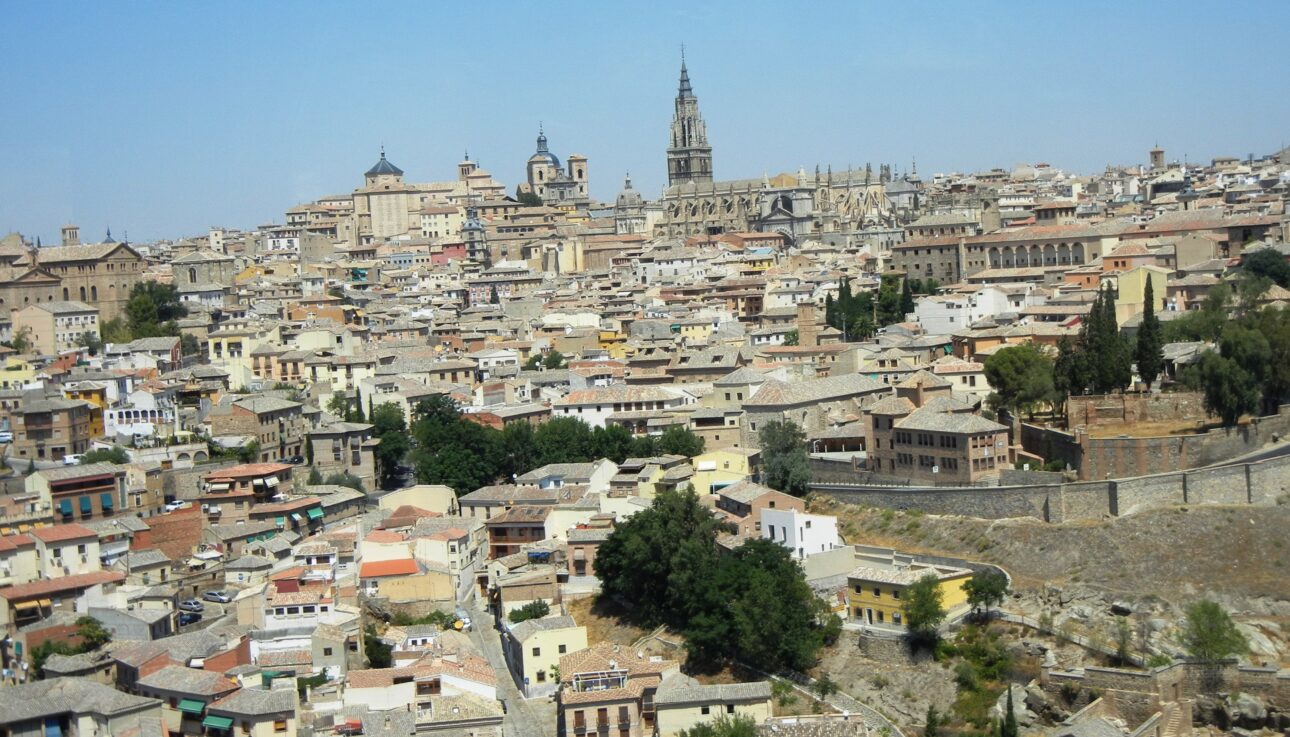Spain is one of the busiest, and also hottest, countries in Europe in the summer. Travellers flock to Spain for its beautiful beaches along the Costa del Sol, as well as Gaudi’s masterpieces in Barcelona. But with warm temperatures in many parts of the country as late as November, as well as its mild winters, shoulder season is a great time to visit this country!
Travelling during Spain’s low season (from November to March) means lower airfare and hotel prices, and less tourists at the country’s worldwide-popular destinations. In addition, Spain offers cultural festivals and flamenco shows that take place all year long. With the amount of places to discover and festivals to experience, there is never an awkward time to travel to Spain. Here are 5 of the best Spanish Towns to visit in shoulder season:
Javea
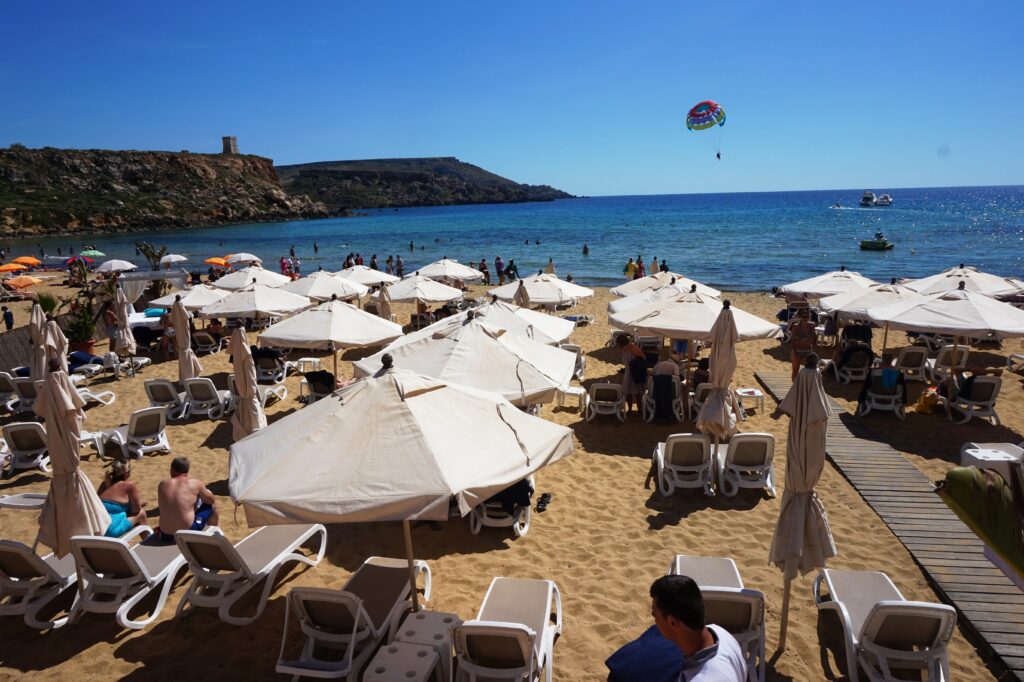
Located on Spain’s Costa Blanca, the seaside town of Javea has a relaxed vibe year-round, even in August. Its beaches tend to get crowded in the summer by locals coming to the beach, but other times the beaches tend to be laid back. The town is known for a steep coastline and idyllic coves. Travellers can enjoy endless water activities, such as kayaking, sailing and windsurfing to name a few. Hikers can head north to Cape San Antonio and Montgo National Park, which have several hiking and cycling trails. Javea remains sunny until December, with temperatures reaching 22°C during the daytime.
San Sebastian
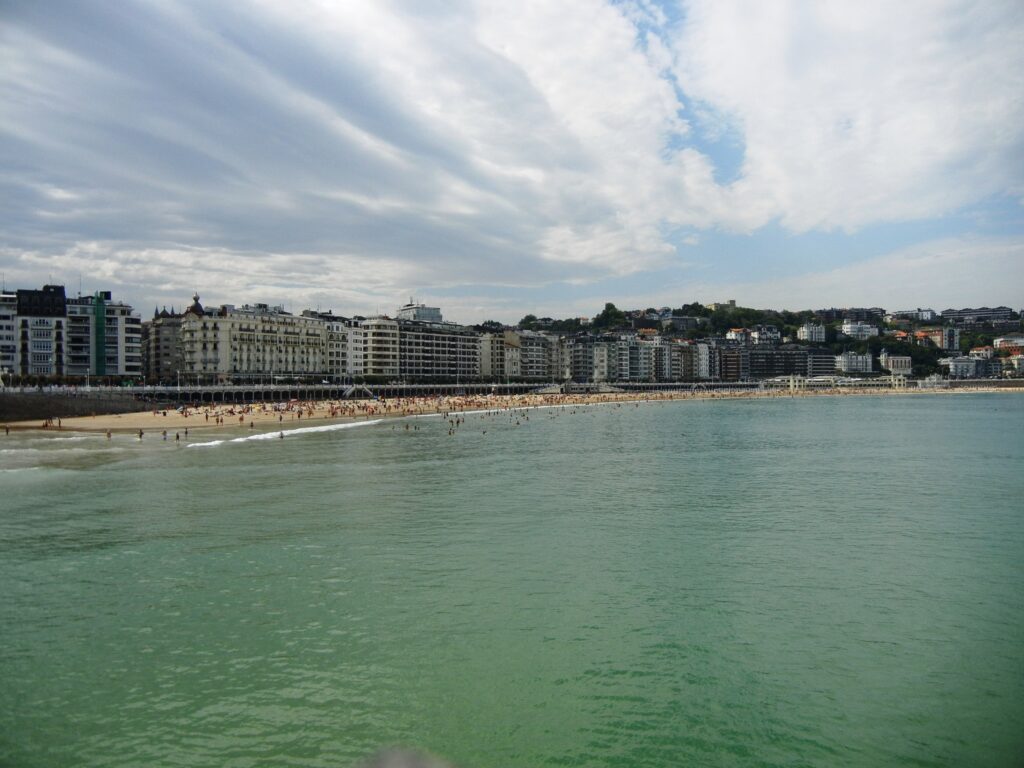
San Sebastian is known as one of the culinary capitals of the world, and being home to La Concha, one of the most beautiful beaches in Spain. The region has a maritime climate, making the autumn and winters mild. While January is the coldest month, it’s also the time when the Festival of the Tamborrada of Donostia takes place, ideal for travellers who enjoy cultural immersion. Culinary travellers will enjoy more than 15 Michelin-star restaurants in this town! Other than that, highlights in this city include Parte Vieja (the old historical town), the funicular to Mount Igueldo for the views, and surfing at Zurriola beach, ideal in autumn for the best waves. The town is small enough to be completely walkable, so regardless where you stay, everything will be within walking distance.
Seville
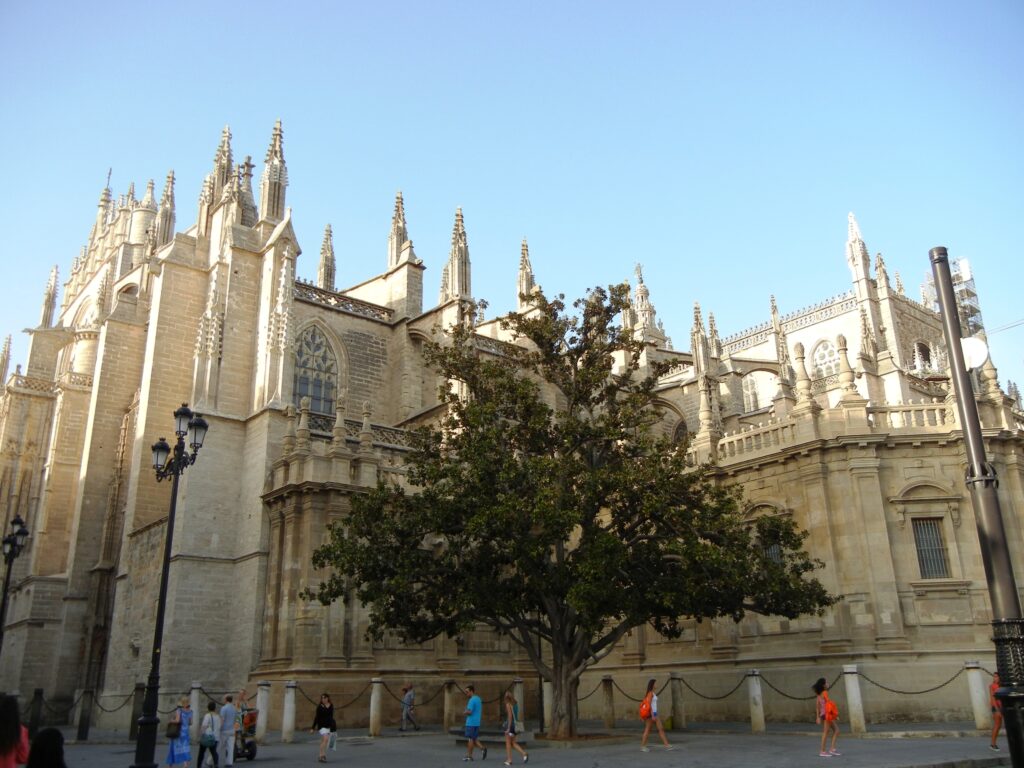
With temperatures reaching 20°C in the fall and spring compared to over 40°C in the Summer, the Andalusian capital of Seville is ideally visited during shoulder season. The city is famous for its cathedral and the Royal Alcazar of Seville, which have a lot of history to showcase. Travellers can take the challenge of climbing the cathedral’s towers for the views. Seville is the best place to enjoy the many tapas bars, as well as endless flamenco shows. Seville used to be an old-school city with its architectural marvels dating to the 16th century. However, the city is much more than that with its increasing restaurants, hotels, and the amount of sights to see!
Palma de Mallorca
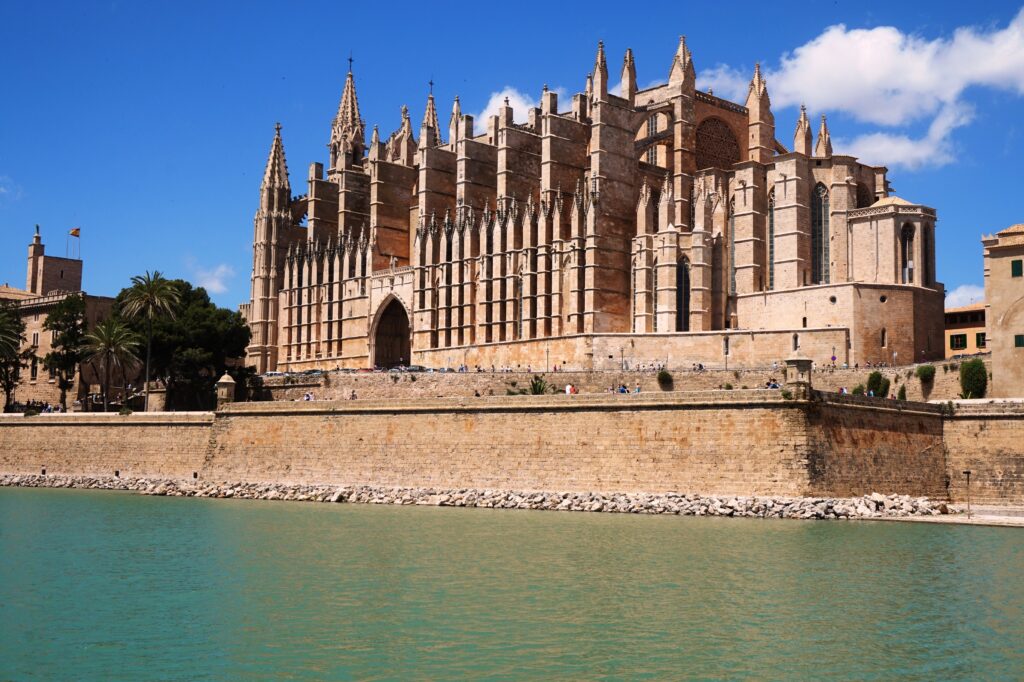
Those looking for a beach escape but not with heat reaching over 40°C will certainly enjoy the spring and fall in Palma de Mallorca! Winters tend to be mild, with maximum temperatures of 20°C, which doesn’t sound like beach weather. However, it’s never too cold to stroll along the Passeig del Born promenade, with its many terraces and bars, or see the yachts along the harbour. Palma de Mallorca’s impressive cathedral is definitely worth a visit, and art lovers will enjoy the Museu d’Art Contemporani. The island is easily connected by flights from mainland Spain. Alternatively, Palma de Mallorca can easily be experienced by cruisers who stop for a day and wish to take a stroll.
Cordoba
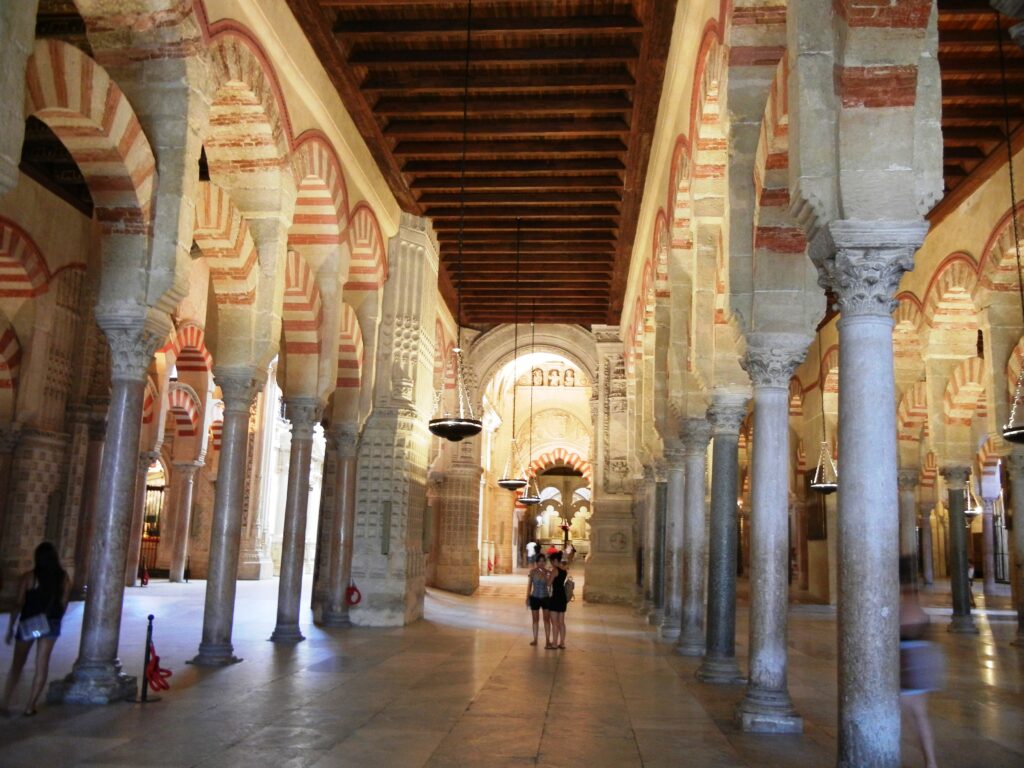
Located less than 2 hours from Seville, Cordoba is famous for its Great Mosque, constructed as early as 785 AD on the orders of the founder of the Islamic Emirate. Cordoba has a continental climate, making May and June, or October to December as the best time to visit. A unique experience in this city are the Arab Baths, next to the Great Mosque, where travellers can relax in pools of varying temperatures and a 15-minute massage. Other sights include the military Alcazar de los Reyes Cristianos and a stroll on the Roman Bridge, built in the first century AD. Tapas can be enjoyed in the many terraces of this historic town.

